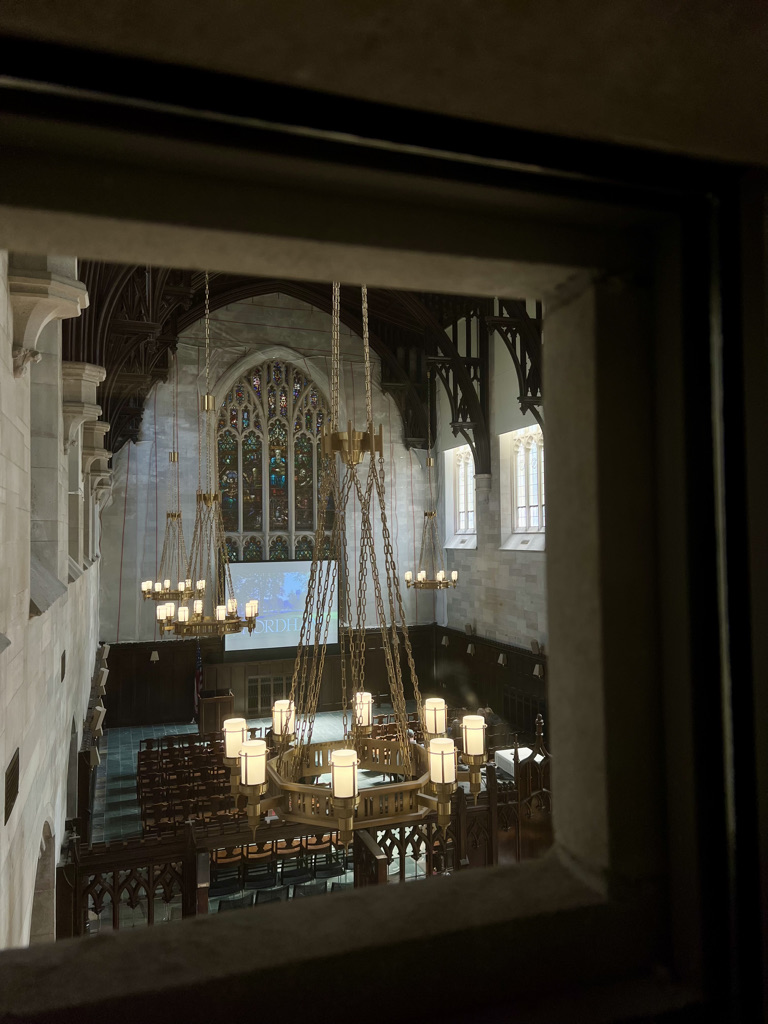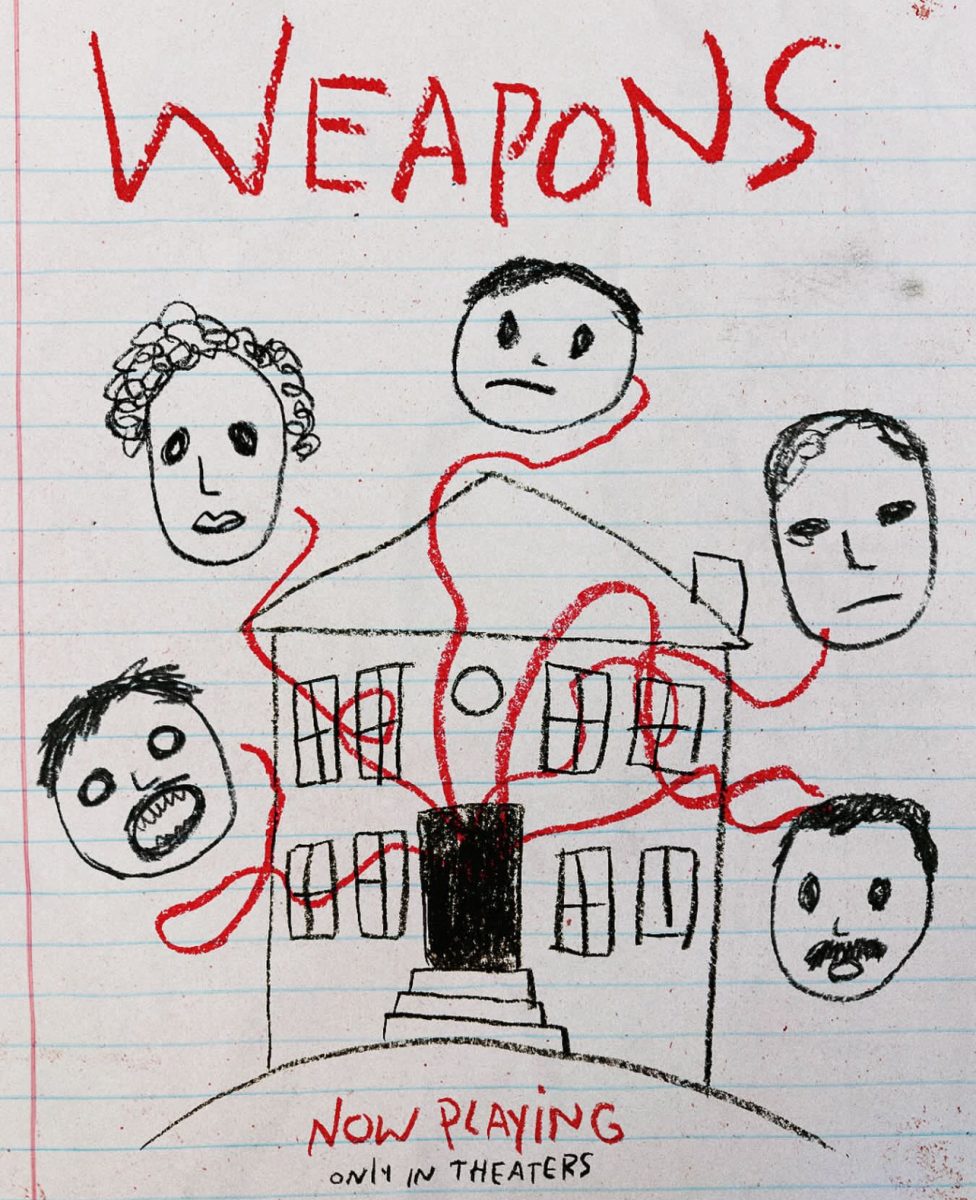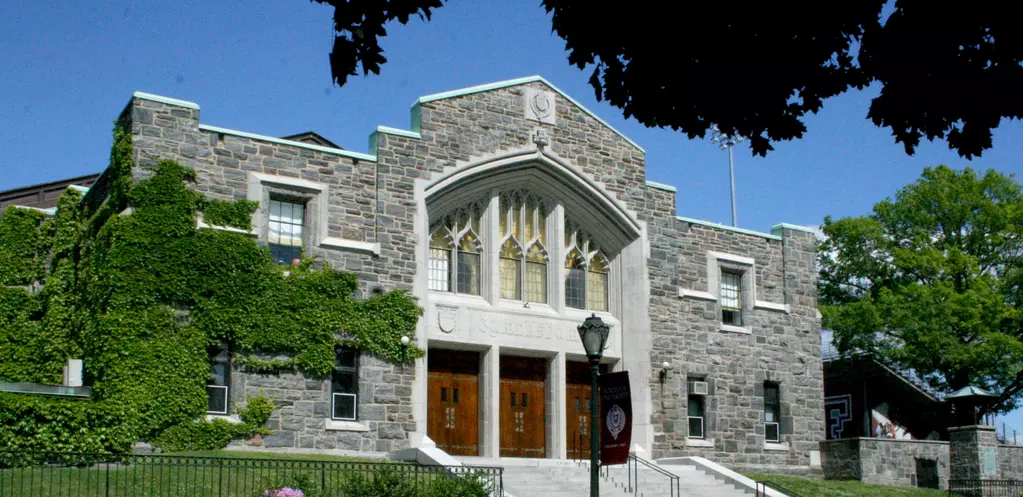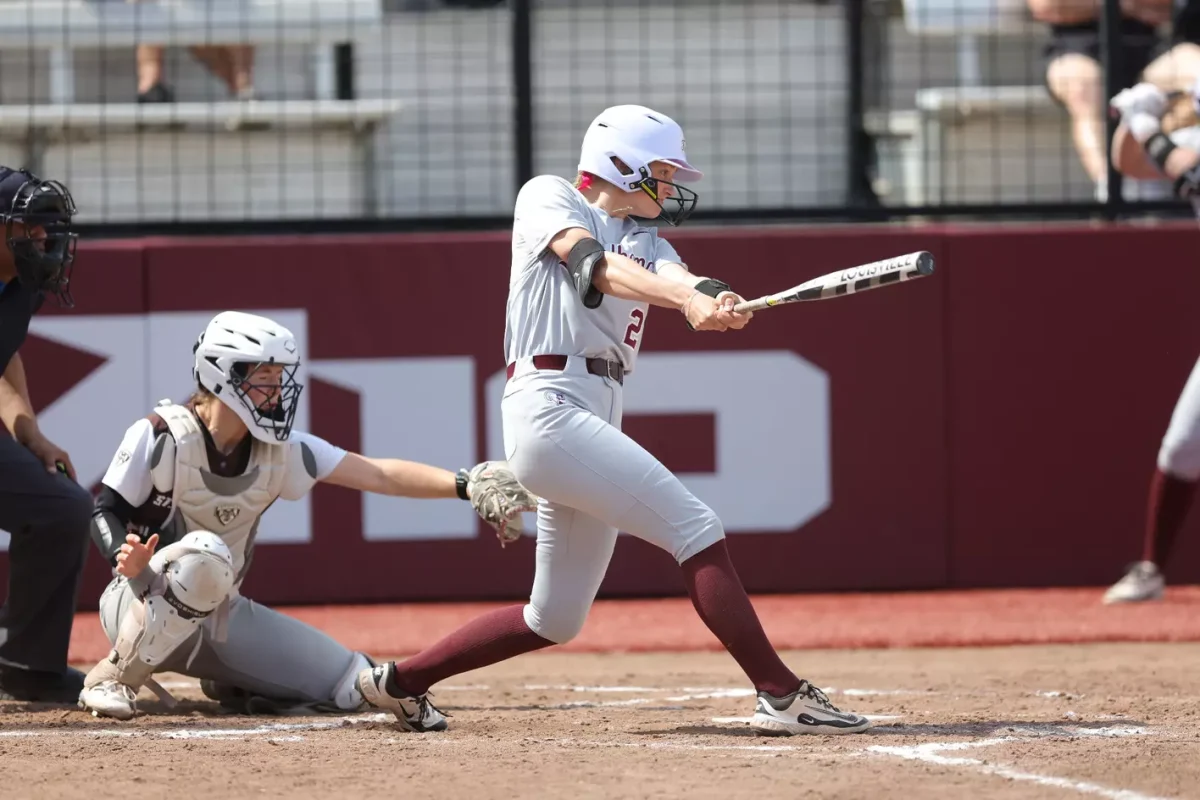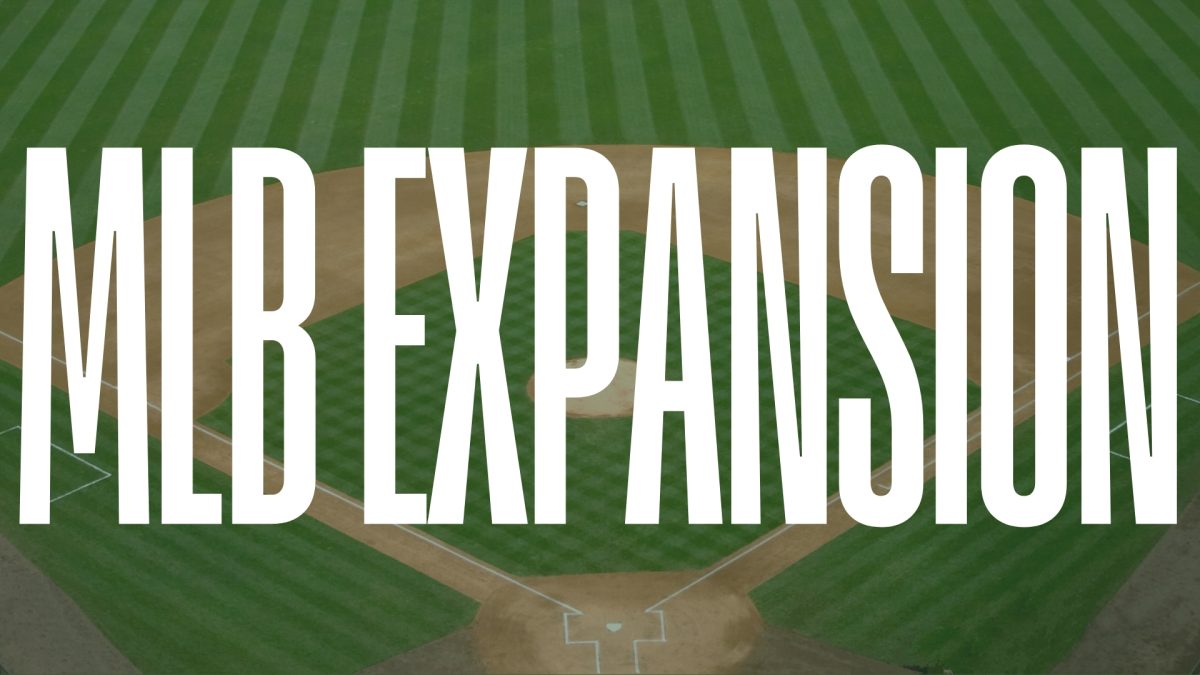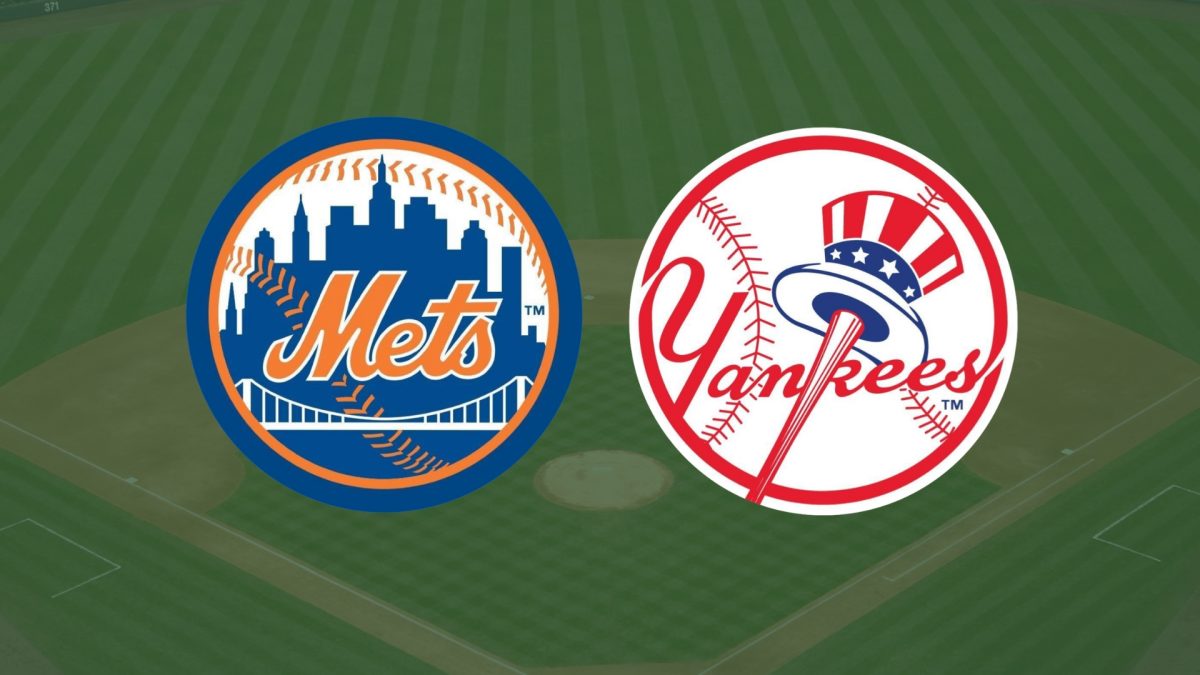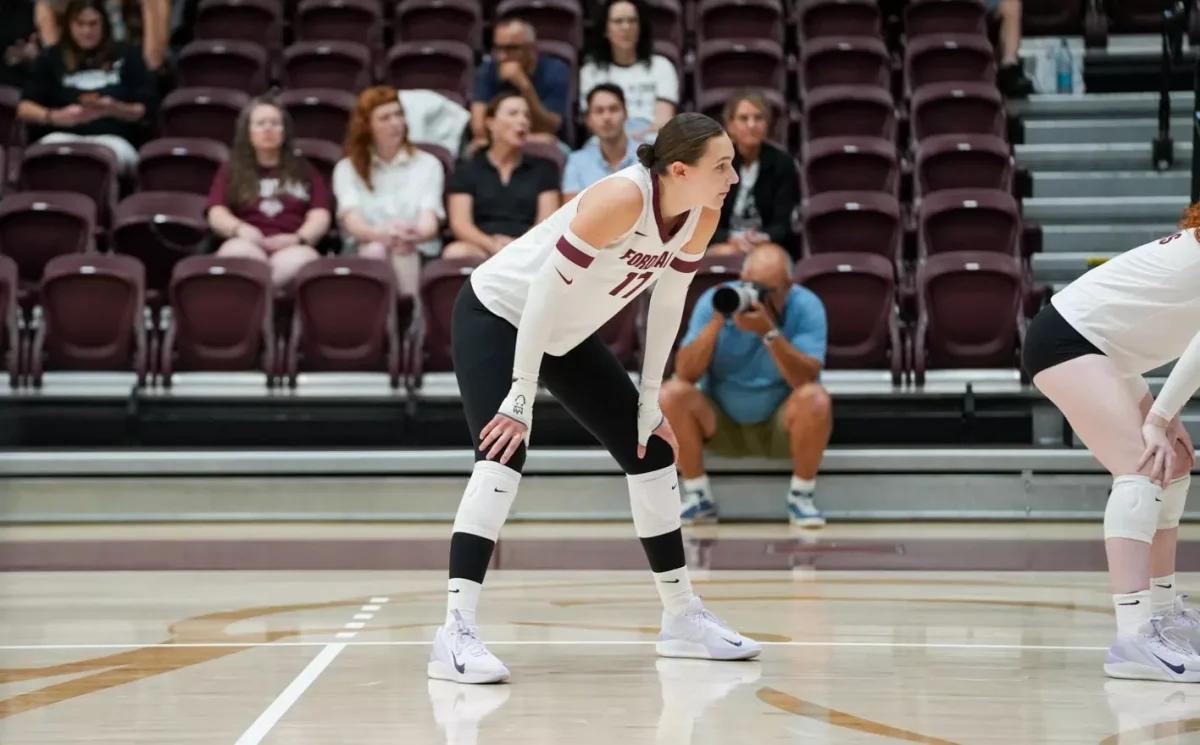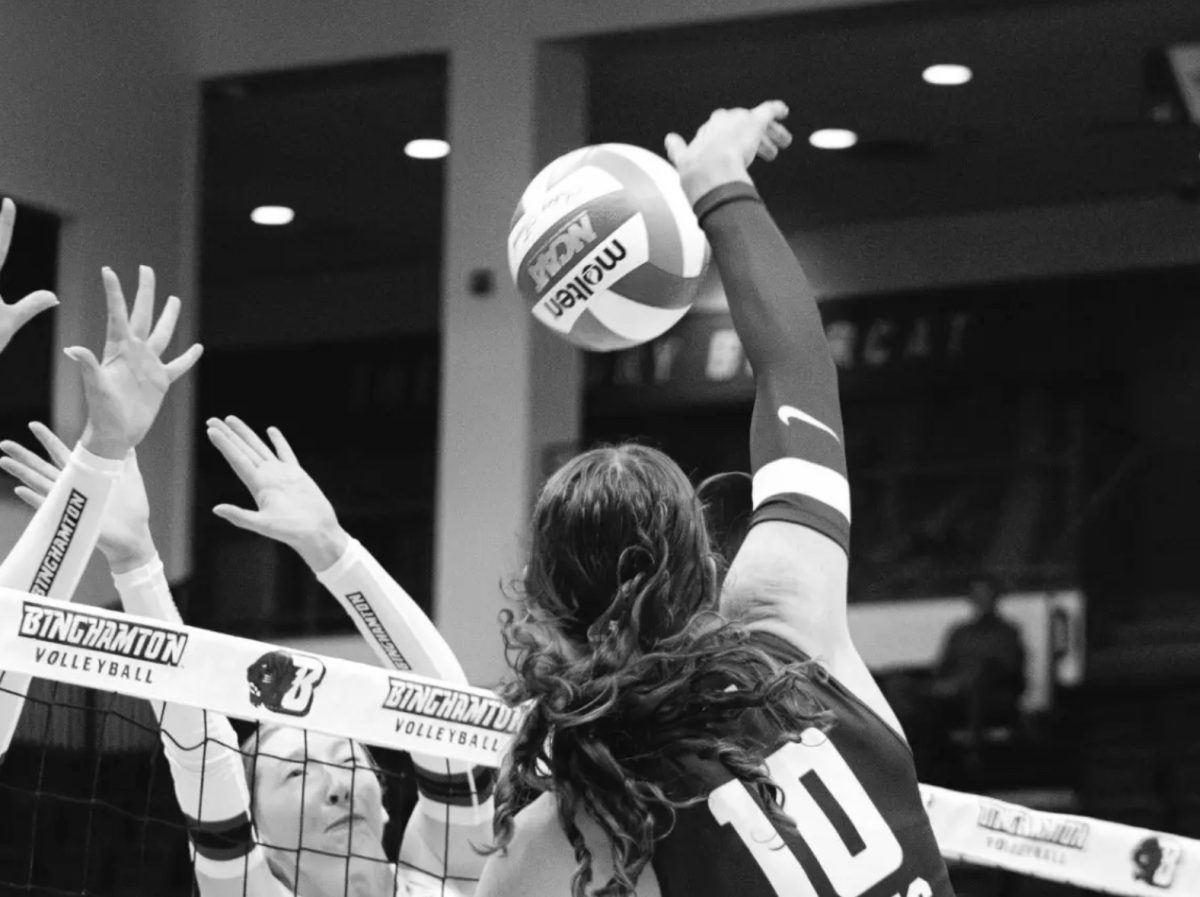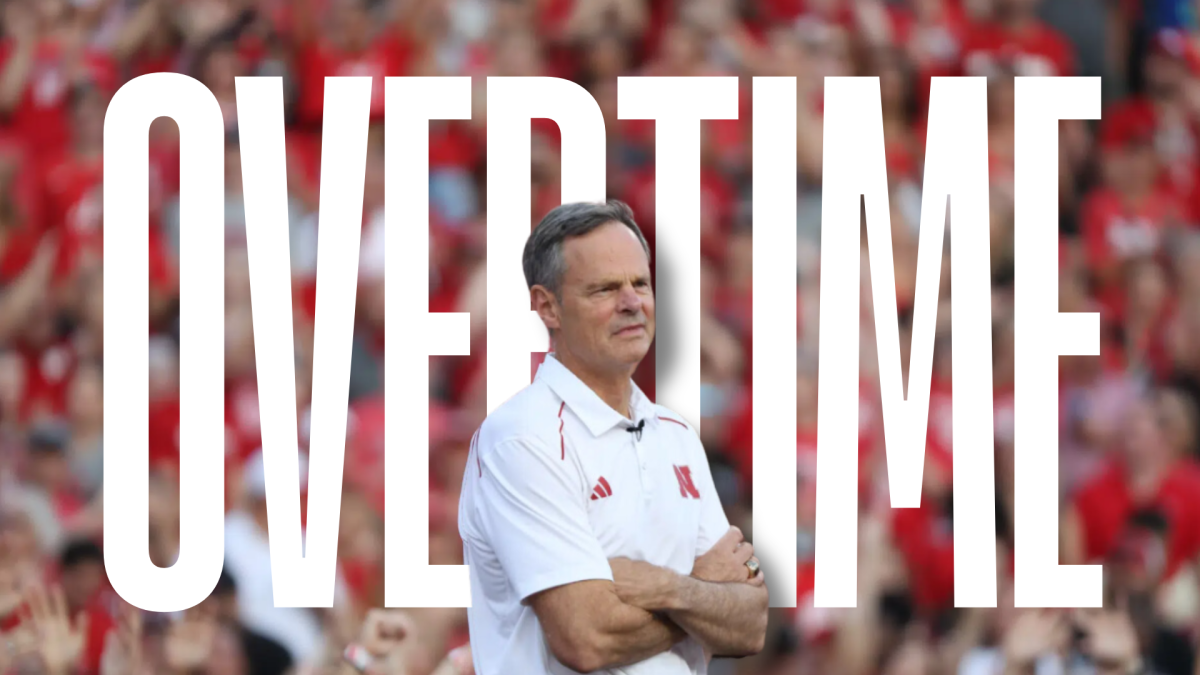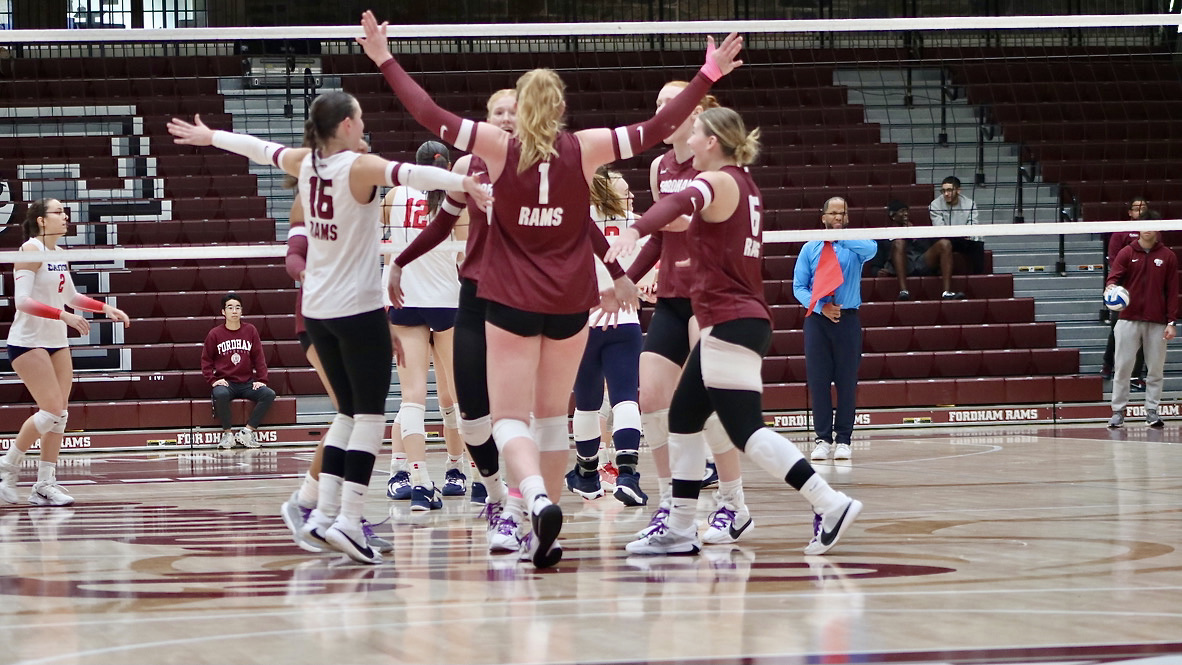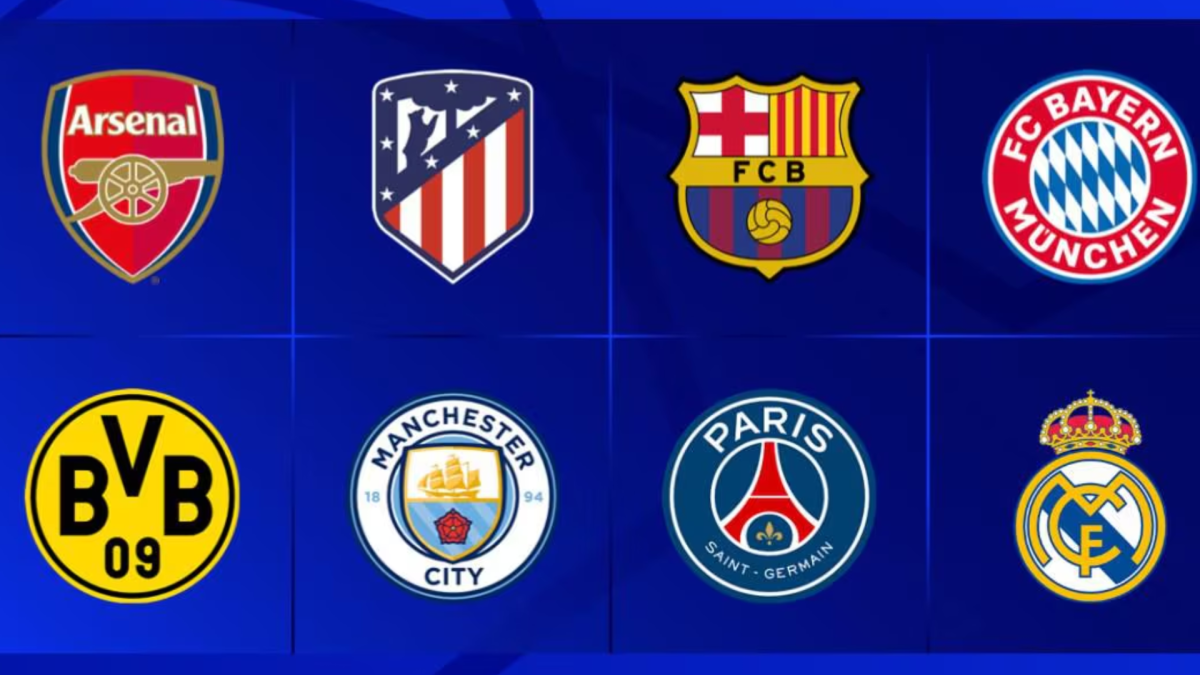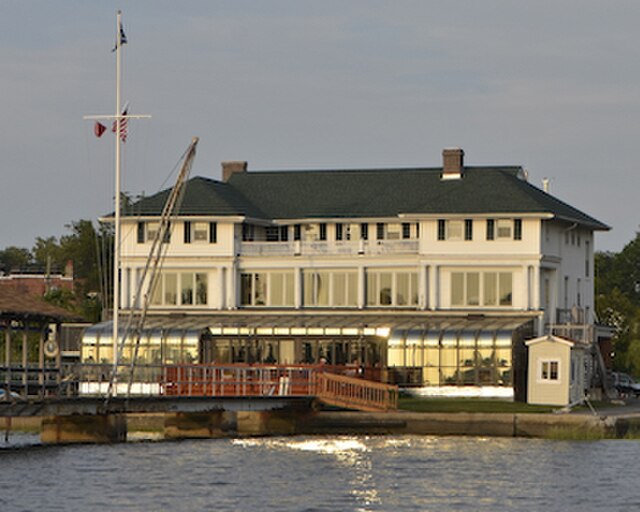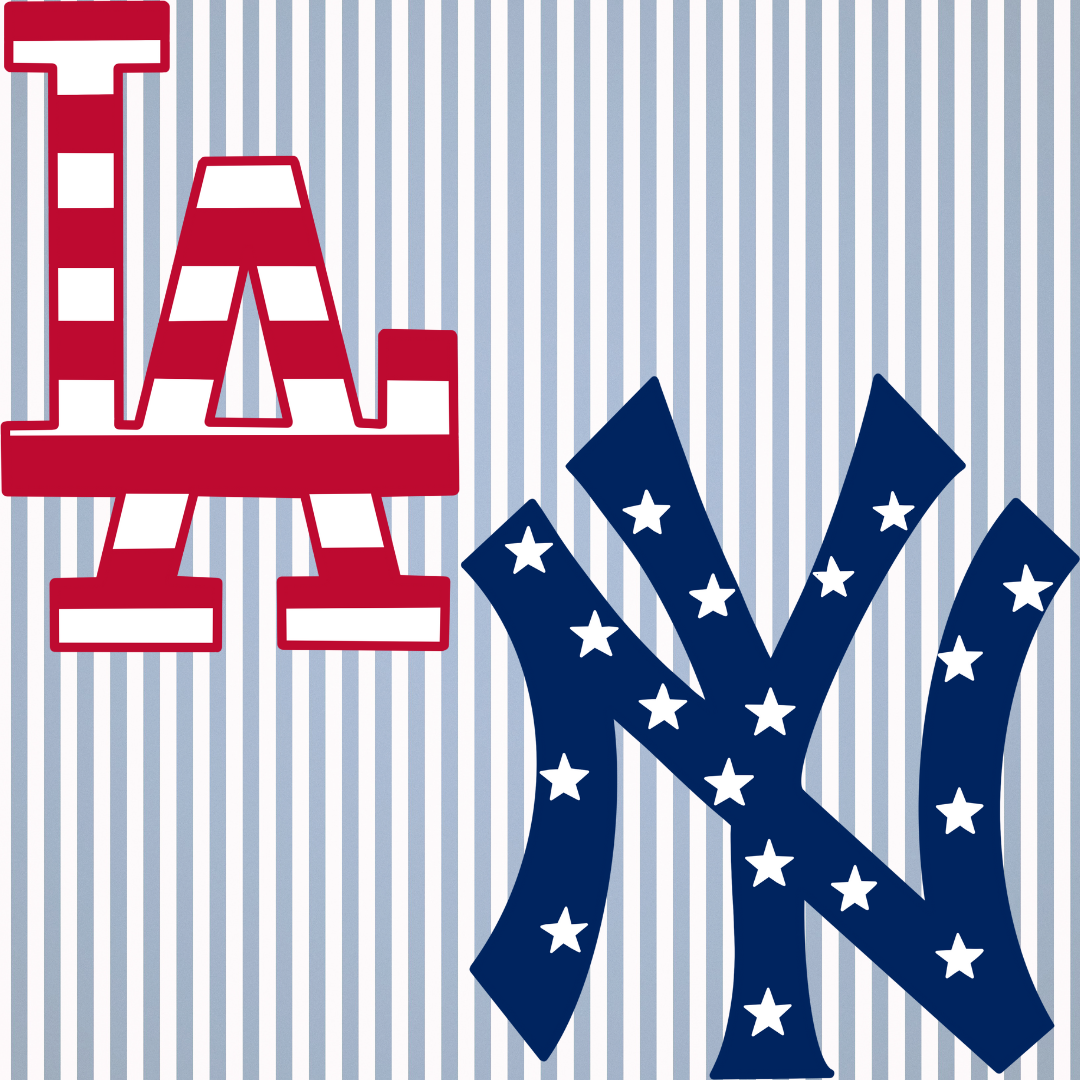The NHL is returning very soon, but it is going to have a much different look than it did in previous years. Starting this year, the NHL is eliminating its old division system and implementing a new one. Rather than having three divisions in each conference like before, there are now only two divisions in each conference. Along with this new conference setup, there will also be a new playoff system. Previously, the three division winners would get the top three seeds in the conference, and then the five highest point getters after that would round out fourth through eighth seed. Now, however, each division has three “winners” and the teams with the next two highest point totals will round out the top eight. And to confuse matters more, there are a few teams that have moved to different conferences and divisions in order to have less traveling between divisional games. All of this equates to a highly anticipated NHL season, but who benefits the most and who suffers greatest, from the new changes?
Taking a look at the Eastern Conference first, the conference is now split up into the Atlantic and Metropolitan Division. The new Atlantic Division includes none of the old Atlantic Division teams, but instead is composed of the Buffalo Sabres, Boston Bruins, Montreal Canadiens, Ottawa Senators, Tampa Bay Lightning, Toronto Maple Leafs, Florida Panthers and the new addition to the Eastern Conference: the Detroit Red Wings, all of which are not on the Atlantic Coast, but that’s another story for another day. This is pretty much a combination of the old Northeast Division, a few of the members of the former Southeast Division and the Red Wings. The teams that this benefits the least are the Lightning and Panthers, who were already at the bottom of the weakest division in the Eastern Conference in the Southeast. Now they are placed in a division with four teams who made the playoffs last year (Canadiens, Bruins, Maple Leafs and Senators), which will make it even harder for them to improve this season and potentially make the playoffs.
Bringing Detroit into this new Atlantic Division will also be detrimental to all of the other division teams. The Red Wings were a playoff team last year, and have a good enough team this year to make it there again. In a division with only three guaranteed divisional spots and five teams that made the playoffs last season, it is only going to be that much more difficult to be a division winner in the Atlantic now. It will also be interesting to see how the Red Wings adjust to playing new teams more often, and if new rivalries will begin or old ones will rekindle, specifically the Original Six rivalry between the Wings and the Maple Leafs.
The other division, called the Metropolitan, is composed of the old Atlantic Division: the New York Rangers, New York Islanders, Pittsburgh Penguins, New Jersey Devils and Philadelphia Flyers, along with the rest of the old Southeast Division in the Washington Capitals and the Carolina Hurricanes, and the newest addition to the Eastern Conference: the Columbus Blue Jackets. The team that benefits the least from this move is the Carolina Hurricanes, who were in the middle of the pack in the old and weak Southeast Division and now find themselves in the mix with one of the toughest divisions in all of hockey in the old Atlantic. It will also be interesting to see how the Blue Jackets, on the cusp of making the playoffs last season in the old Western Conference, adjust to the new format.
The new Western Conference is broken up into the Central and Pacific Divisions. The new Central Division is composed of a mix of all three of the old divisions, and a former Eastern Conference team. The new Central Division houses the Chicago Blackhawks, St. Louis Blues, Nashville Predators, Colorado Avalanche, Dallas Stars, Minnesota Wild and the Winnipeg Jets formally from the East. This division greatly benefits the Blackhawks, who lose both the Red Wings and Blue Jackets, two potential playoff teams this year, and bring in much weaker teams like the Jets, Stars and Avalanche. This almost nearly solidifies a spot for the Blackhawks, and even the Blues, given the fact that at least three teams in their division need to make the playoffs. This is also good news for the Jets, who, much like the Blue Jackets, were on the brink of making the playoffs last season in the East. If the Jets are able to play well against their much weaker divisional opponents, they might be able to sneak in as the third division winner in the Central.
Finally, the new Pacific Division is composed of the Anaheim Ducks, Los Angeles Kings, San Jose Sharks, Phoenix Coyotes, Vancouver Canucks, Calgary Flames and Edmonton Oilers. This is basically the old Pacific Division with some old Northwest Division teams mixed in. Again, not every team in this division is actually on the Pacific Coast, but what can you do. Anyway, I think this division doesn’t really benefit many teams in particular but hurts the Vancouver Canucks the most. The Canucks usually handled their old Northwest Division pretty well, but now they are in this new Pacific Division with teams like the Sharks, Kings and Ducks, who all made the playoffs last season. This might make it that much more difficult for the Canucks to clinch a division spot, and it will be interesting to see how they will adjust to playing in a much more competitive division.
These new divisions are certainly going to take some getting used to, but it will certainly add even more excitement to this NHL season. New rivalries will form, old ones will potentially rekindle and playoff races will be tighter than they ever were before, what more could and NHL fan want?
















